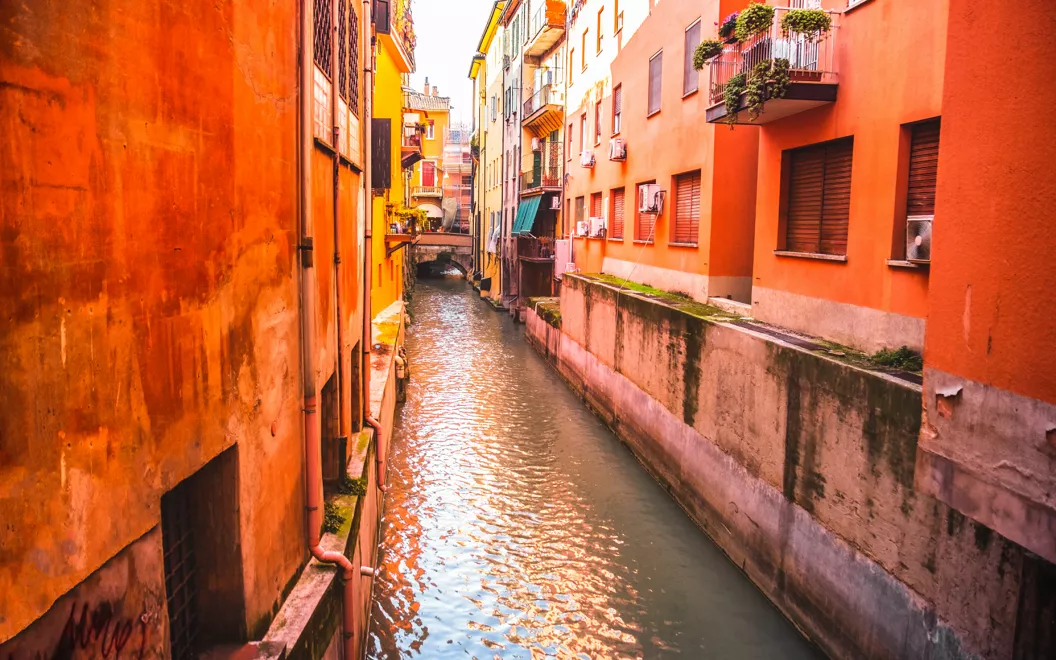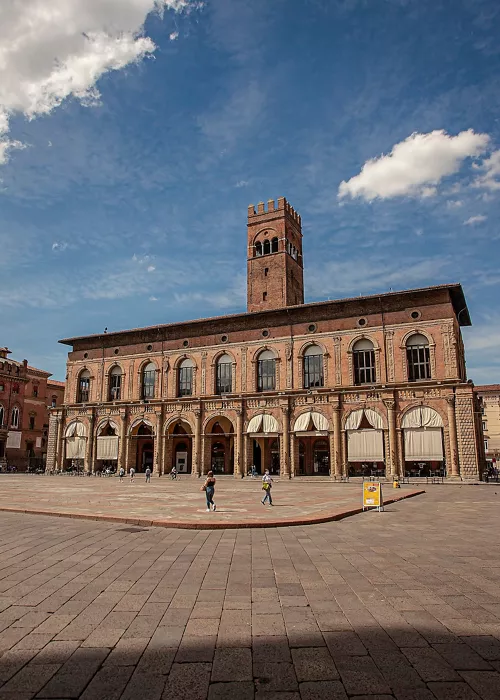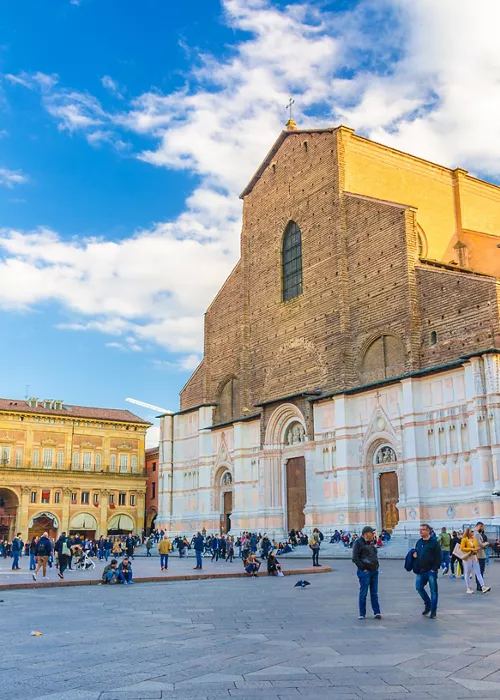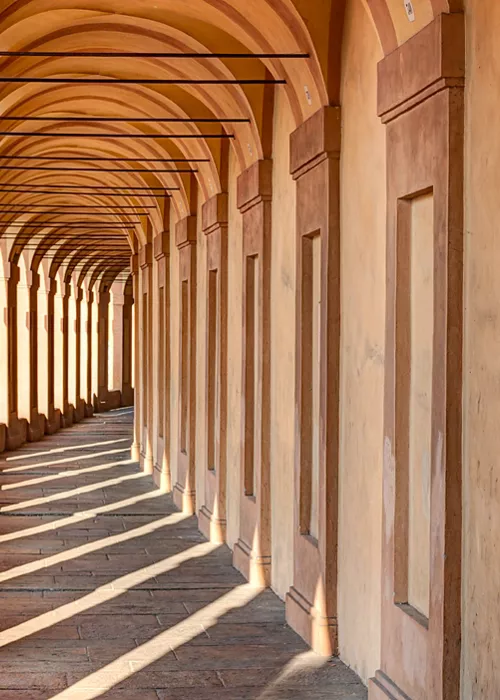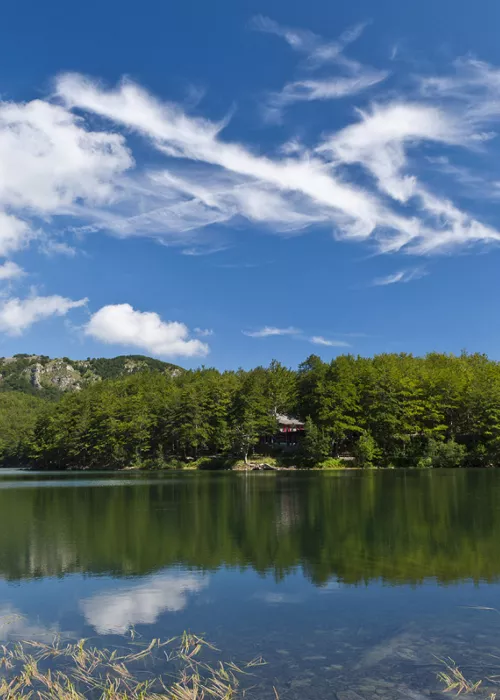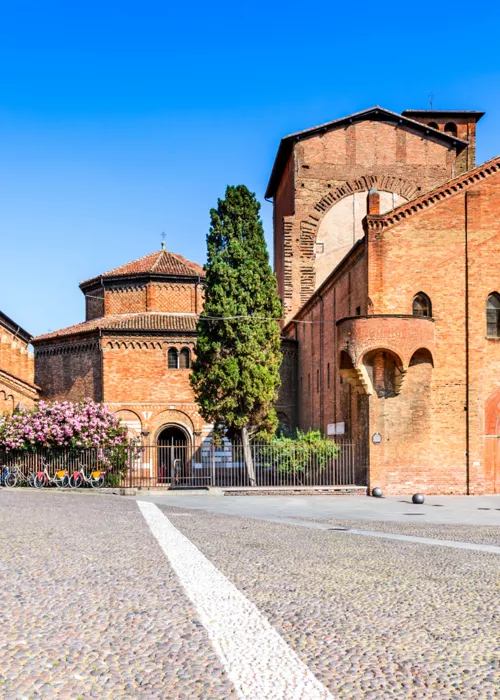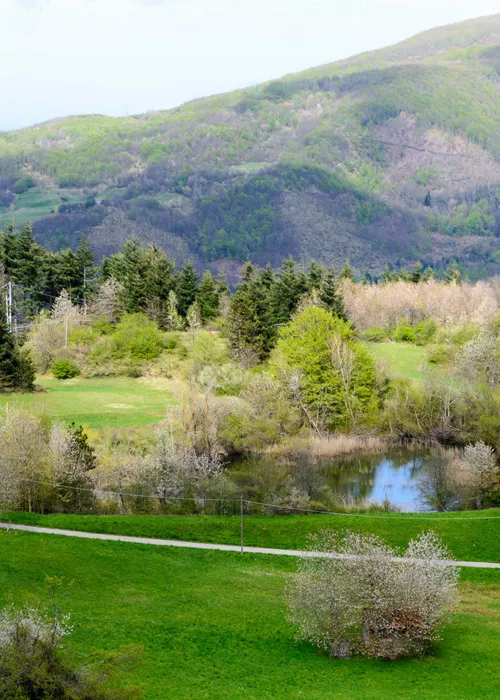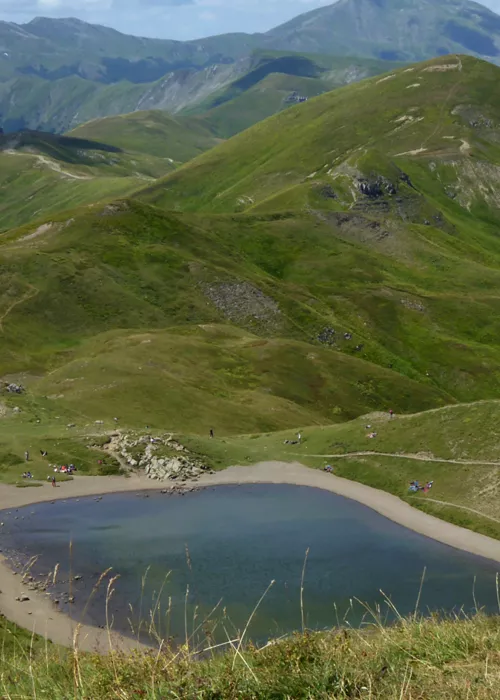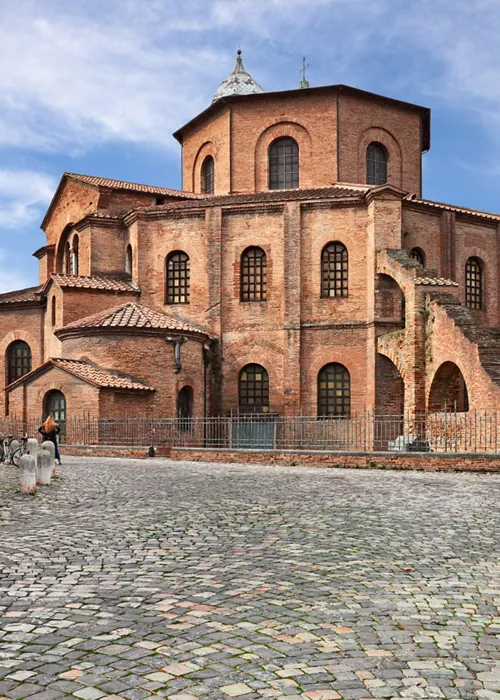Waterways of Bologna
2 minutes

Today we'd like to introduce you to a lesser-known side of Bologna, its relationship with water, which through the centuries has been essential to the city's economic development. In the Middle Ages, in fact, a network of artificial canals was built to power the city's numerous mills, tanneries and spinning mills. The immediate availability of water also contributed to the development of local manufacturing crafts, making Bologna the main textile centre in Italy.
Most of the canals have now been filled in, but you can still find numerous places where you can re-experience the "Waterways of Bologna".
Via Oberdan and Via Piella
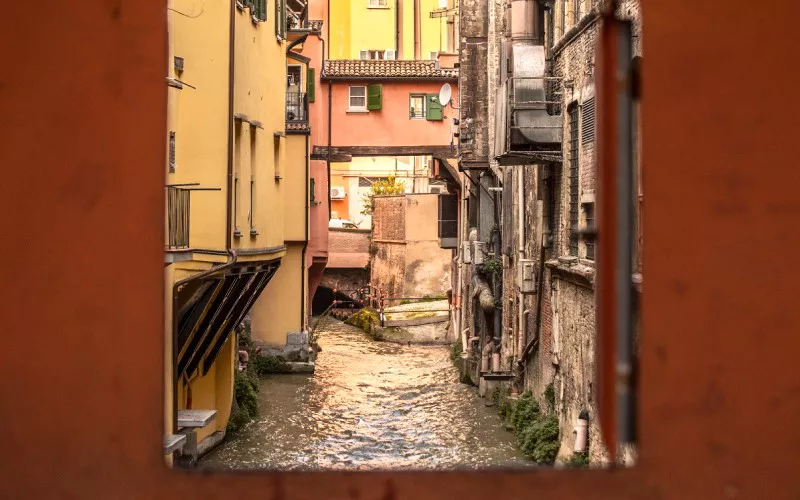
Start from Piazza Nettuno and walk through the alleyways of the centre until you reach Via Oberdan, where the Moline Canal flows. It received its name due to the 15 large grain mills already powered by its flow in the 15th century. On the right-hand side of the road you can see the houses that belonged to the millers, a rare example of sixteenth-century public housing. In nearby Via Piella there is one of the most picturesque views of the city: we're referring to the famous Finestrella, from which you can enjoy a splendid view of the canal waters flowing between the buildings.
Via Riva di Reno
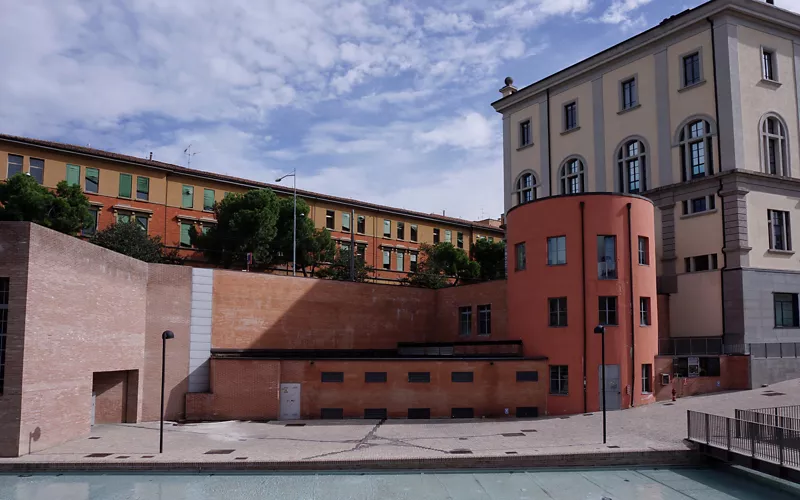
Continuing the walk to the west, you will arrive at Via Riva di Reno where, at number 72, you will find the former Manifattura Tabacchi, which is now home to the Bologna Film Archive, a majestic Art Nouveau building. A little further on, in the middle of the street, some "mechanical combs" that were used to capture the debris carried by the current are still visible.
Il Cavaticcio
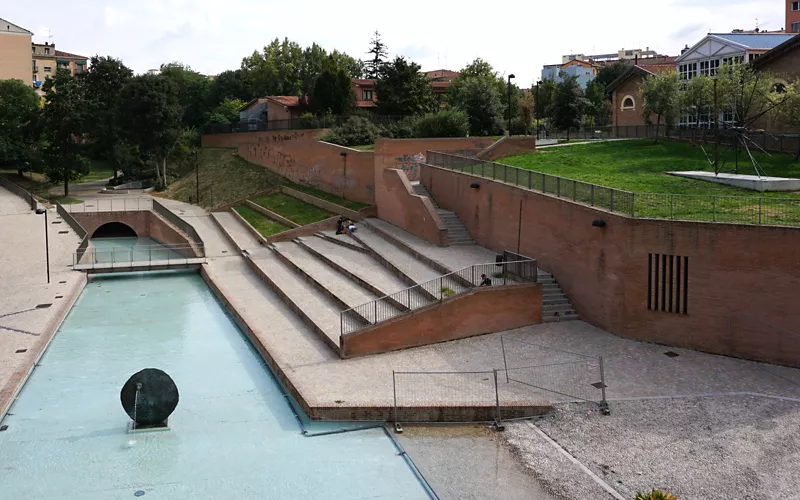
Don't miss the chance to visit the nearby park, Parco del Cavaticcio, and the Salara building. Built at the end of the 18th century and restored between 1991 and 1995, it is now used as a warehouse to store the salt mined at Cervia.
La Grada
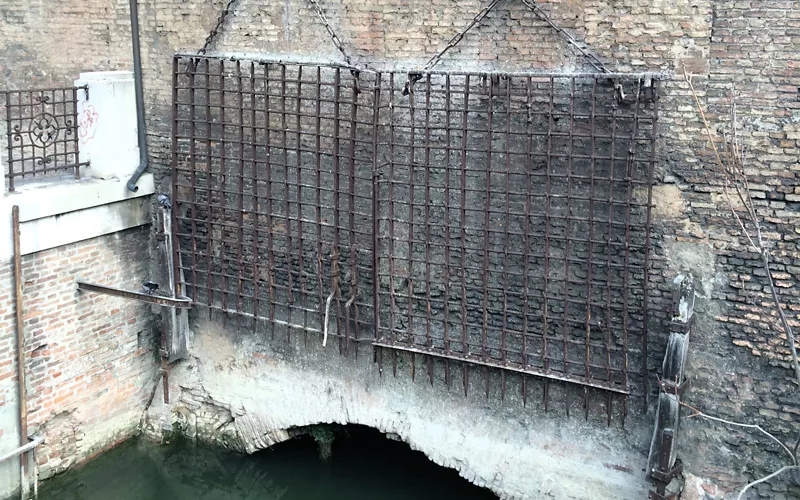
The 'Bologna of the waters' route continues to Via della Grada, which owes its name to the imposing grate that enshrines the entry point of the Rhine canal into the city. The "grate" was built in the 14th century to prevent the accumulation of any debris that could have damaged the hydraulic wheels inside the walls. The waters of the canal were in fact used to transport the logs that came from the Apennines to the city's sawmills.

